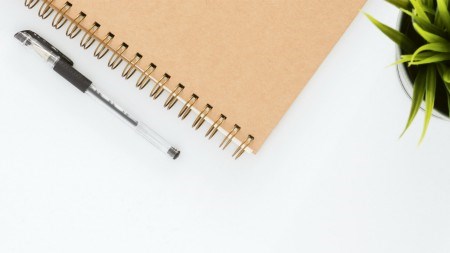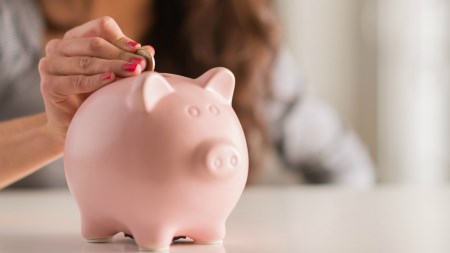Kakeibo, a Japanese method of saving money, claims to help people save up to a third of their monthly income. If used properly, it could be a great tool for those looking to buy a home.
When it comes to saving up to buy a house, every potential homeowner knows how hard it is to stash those rands and cents, especially when times are tough. Well, the Japanese practice of kakeibo (kah-keh-boh) might hold the answer you are looking for…
What is kakeibo all about?
Kakeibo, which loosely translates to "household financial ledger", maintains that you can save more than a third of your income when put into practice. In fact, since as early as 1904, kakeibo has been used by the Japanese to help manage their household budgets.
It is only recently that the rest of the world has caught on thanks to the English translation of the book "Kakeibo: The Japanese Art of Saving Money," by Fumiko Chiba. In it, Chiba explains how adopting this practice enables people to save up to 35% of their monthly income, which definitely goes a long way when saving up for a deposit on a home.
How it works in 4 easy steps.
Step one
Buy yourself a journal, and at the beginning of each month, take some time to write down your monthly income (i.e. how much you earn after tax) as well as how much you would realistically like to save during the month ahead. Your savings goal can range from as little as 10% to 35% but be mindful to rather start off small and work your way up to saving more once you get the hang of things.
Step two
Now that you have a pretty good idea of what your income is for the month as well as your savings goal, write down your monthly expenses and categorise them as either “musts” or “wants” using the following four categories:
- Survival expenses: Apart from the basics, these are the expenses that you can’t function without i.e. rent, petrol, cellphone, medical aid, school fees etc.
Optional expenses: These expenses are your optional extras i.e. things you don’t need in order to survive but add to the quality of your life. Activities such as going out for dinner, after-work drinks or enjoying a weekend getaway fall into this category.
Culture expenses: These are entertainment and experience-related expenses such as buying books or magazines, going to a concert or movie as well as your Netflix or DSTV subscriptions.
- Extra expenses: Any intermittent or unexpected expenses fall into this category, for example car license renewals, replacing your car’s tyres or birthday gifts.
Step three
After you have categorised your expenses, add them up to see where your money will go for that month. Ask yourself at this stage where you can potentially curb your spending or reduce your expenses. Have a look at your “wants” i.e. your Optional and Culture expenses and re-assess what you can and can’t live without in the month ahead.
Step four
During the month, take time at the end of each day to write down exactly how much you spent and categorise each expense using the four expense categories outlined above. Kakeibo maintains that once on paper, it is easy to see where you can cut back and save by avoiding unnecessary spending, so be sure to consider each purchase you’ve made and be mindful of whether or not it was necessary.
By following these four easy steps, you should automatically start to see how much of your income you can free up and start to save by making small changes to your spending habits. The change doesn’t even have to be that extreme – little things like carpooling with a colleague to save on petrol costs, drinking tap water instead of buying bottle water or starting a running club with friends to save on gym fees all add up and make saving that little bit less daunting.
While it might take some time to get used to, incorporating kakeibo into your everyday life and making it a discipline is guaranteed to make you become a lot more conscious of what you are spending your money on and therefore less likely to splurge in the moment. As the original book puts it, “memory can be fuzzy, but the books are accurate” and that is the beauty and simplicity to this money-saving art.





